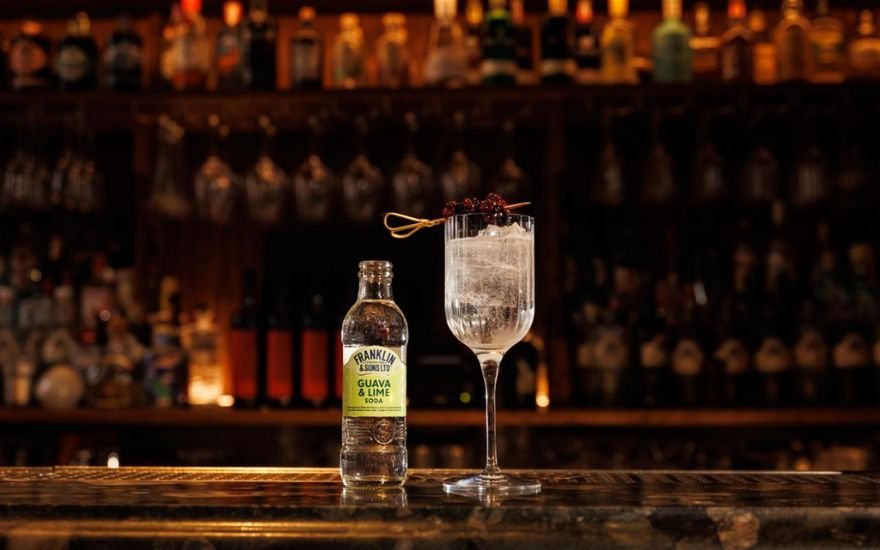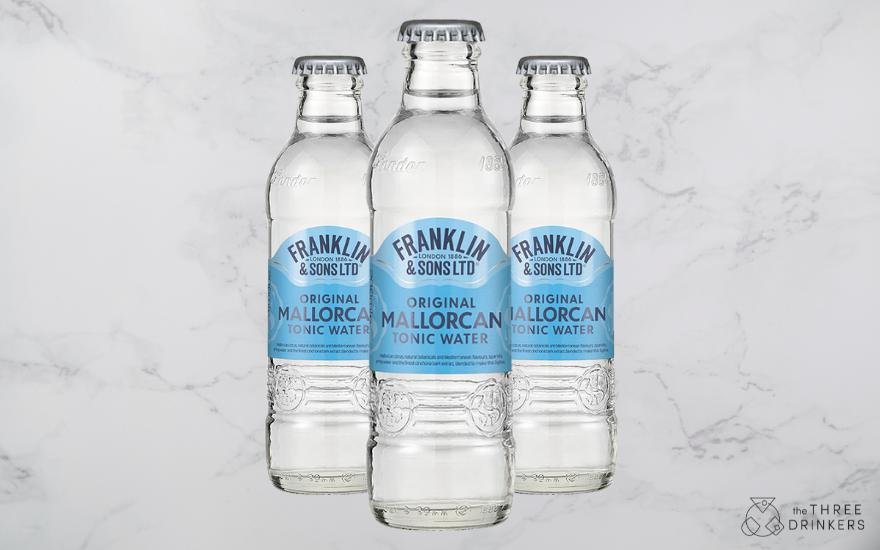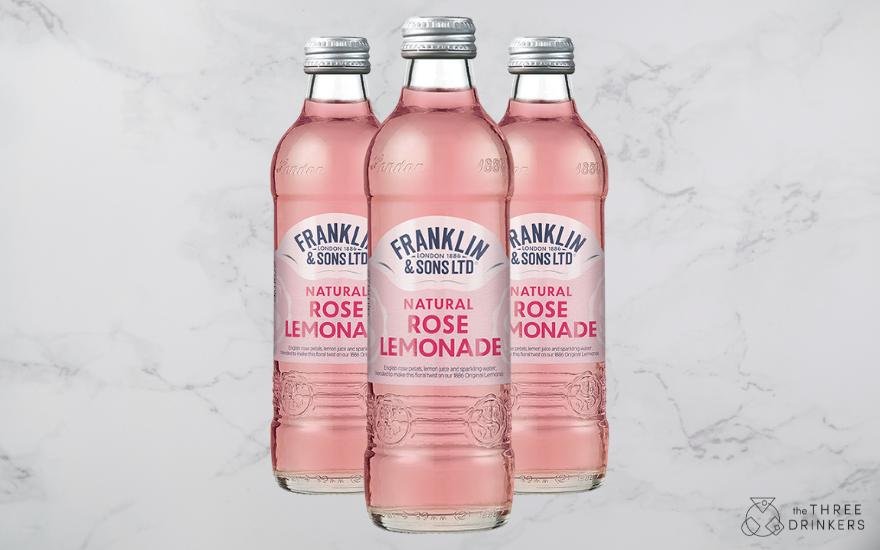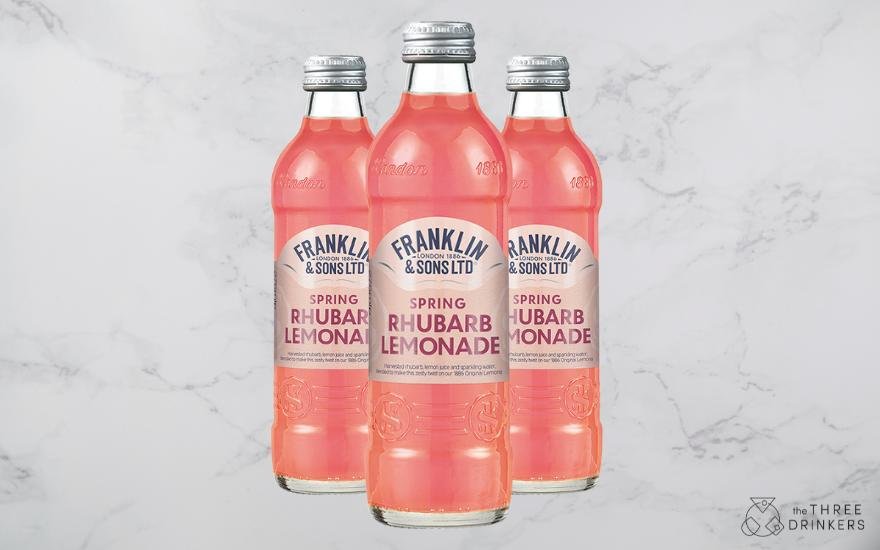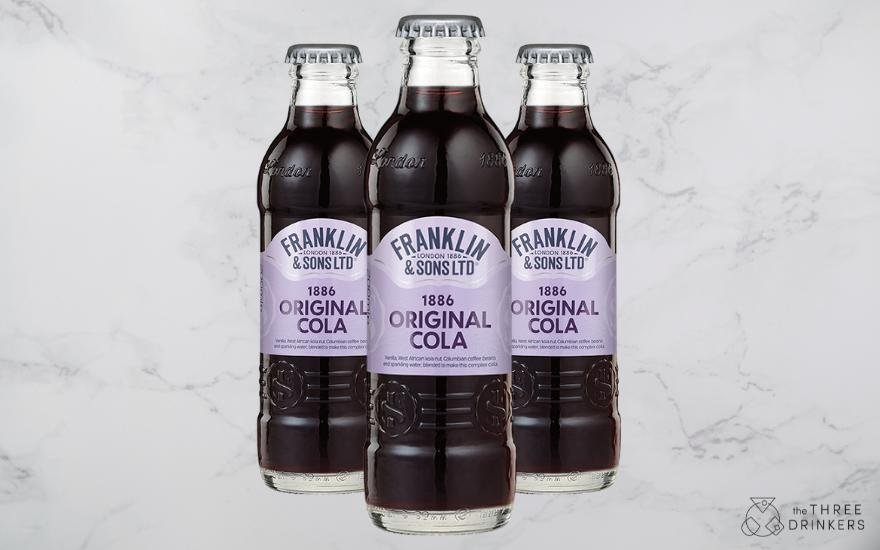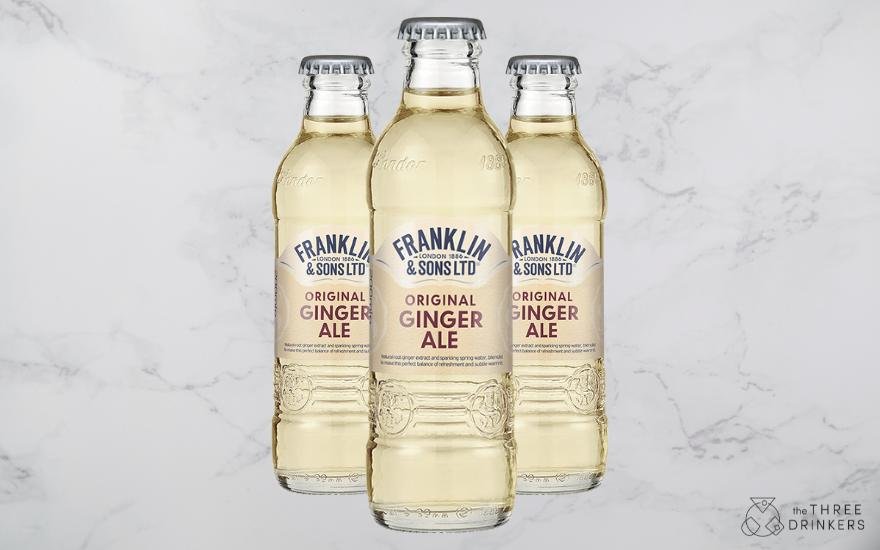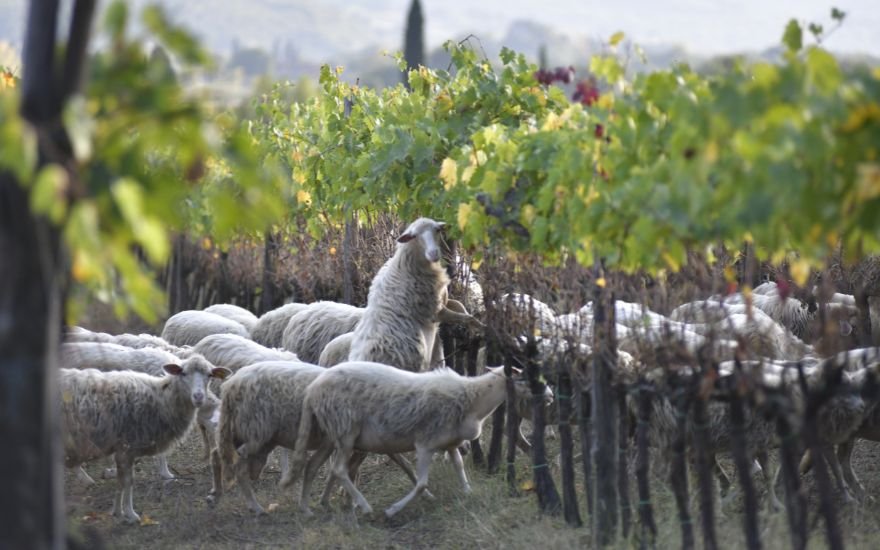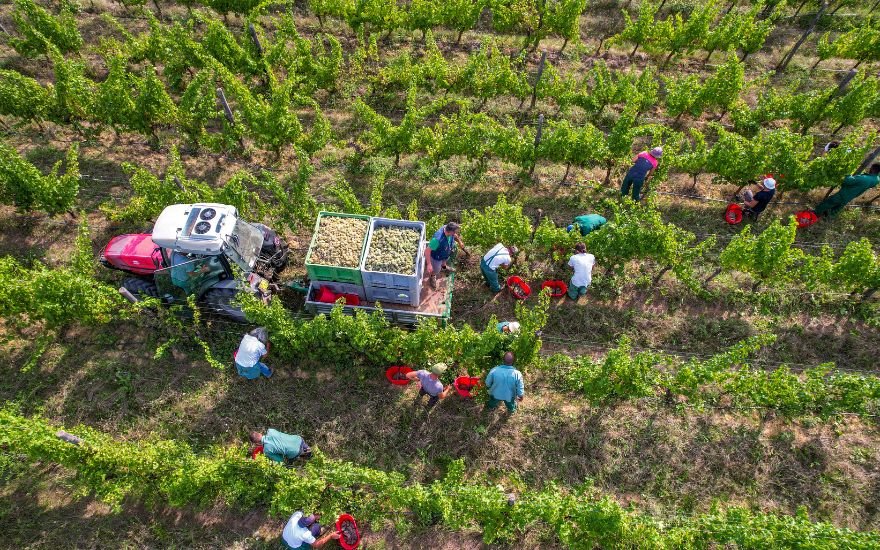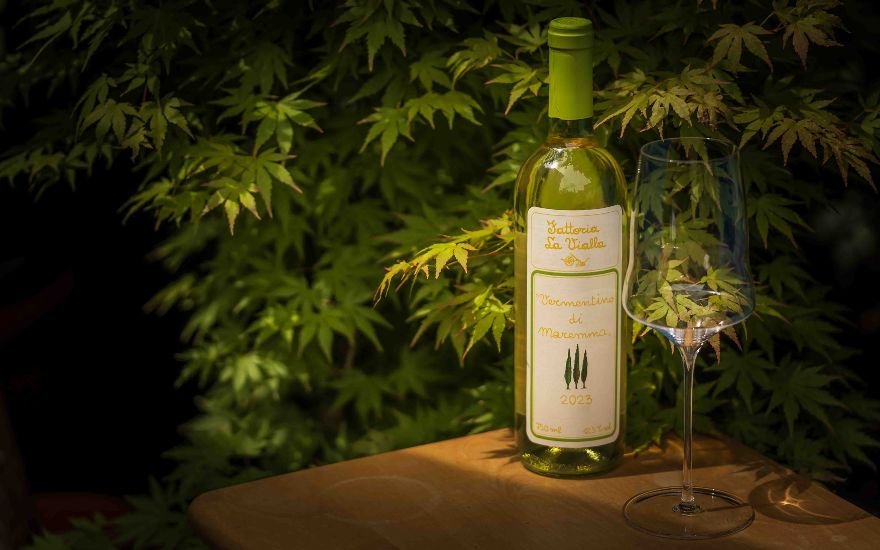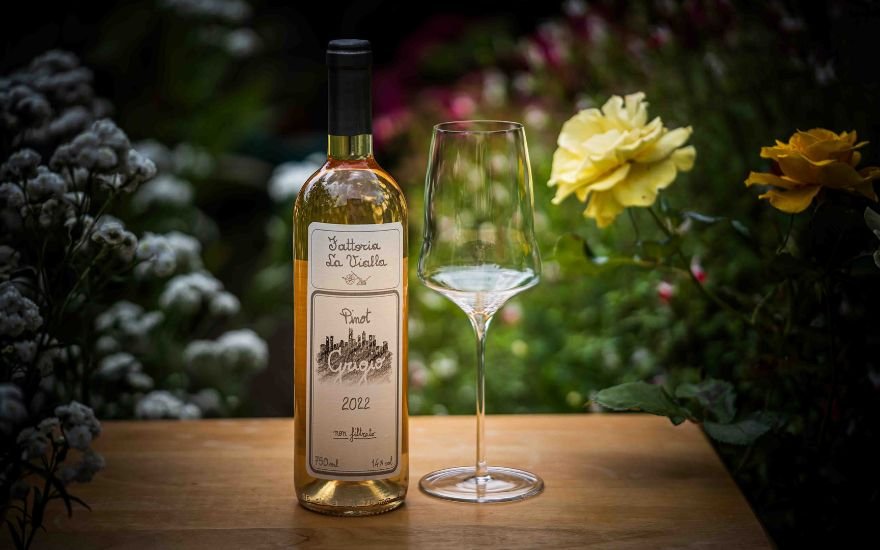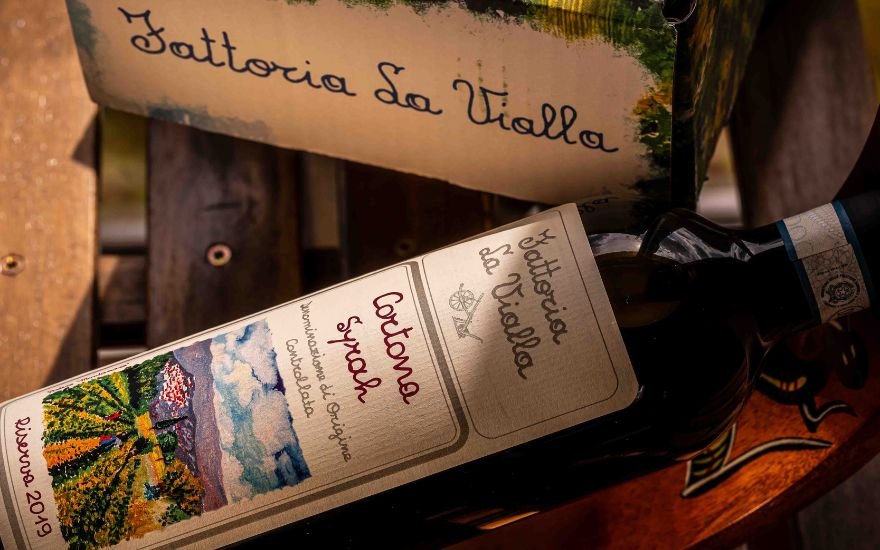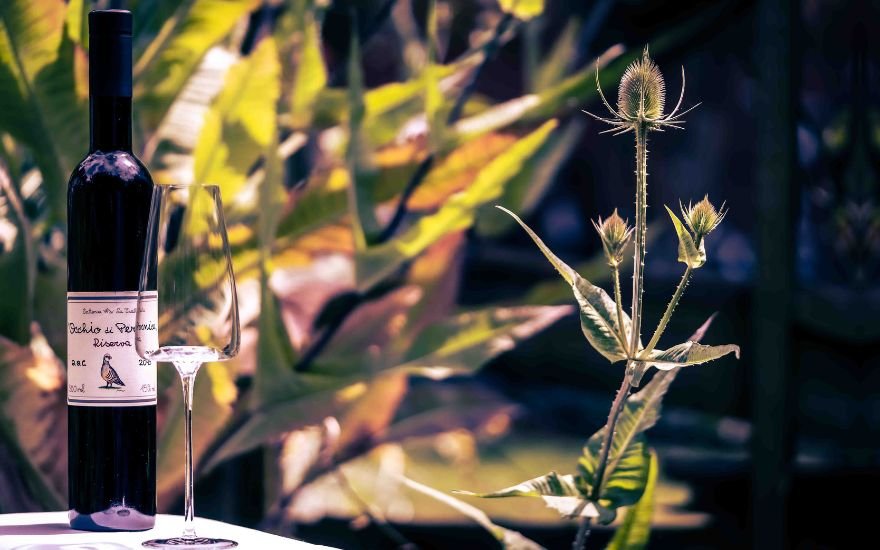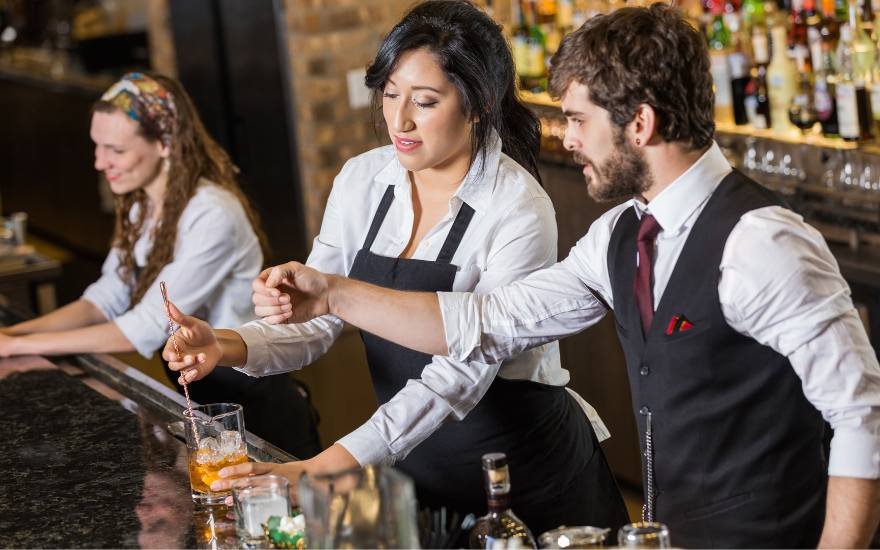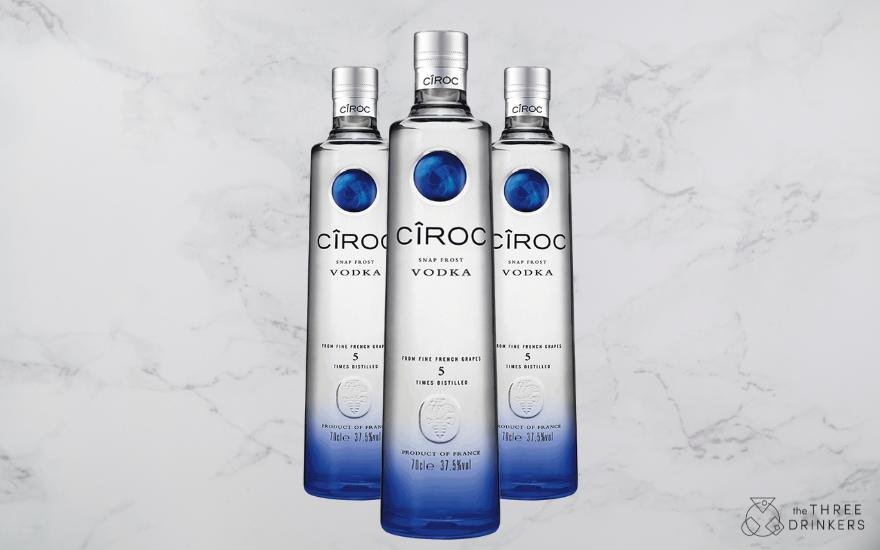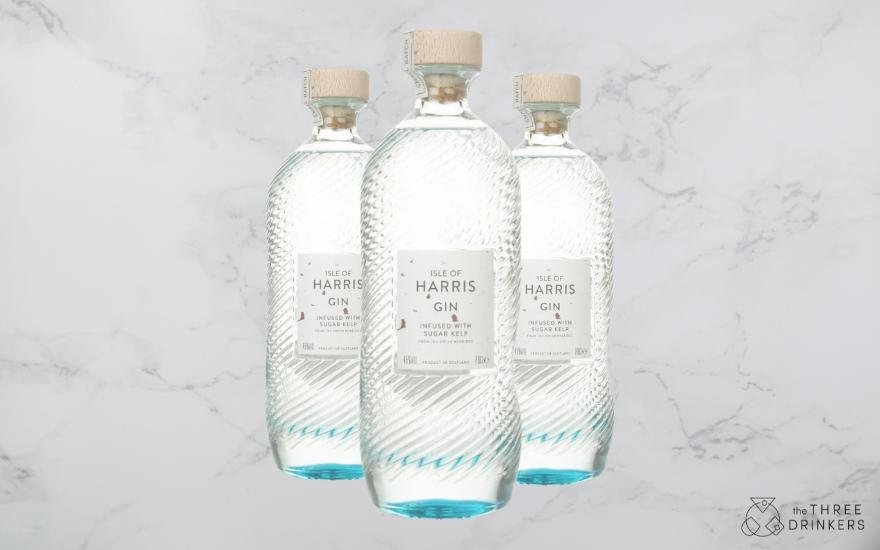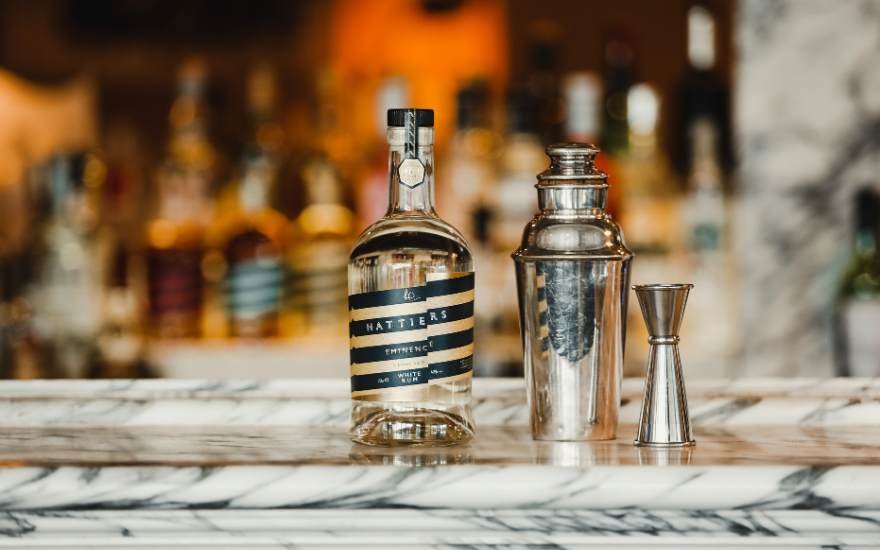One Drink, Three Ways is the signature feature by The Three Drinkers. Join us as we take one bottle and create a trio of phenomenal serves that you can enjoy anytime, anywhere. From rums and whiskies to gins and wine styles, we help you get the most out of your glass. It’s time to get liquid on lips.
Photo Credit: Will Wong
An artisan produce of Dunnet Bay Distillers in Scotland, Holy Grass Vodka takes its name from the the hero botanical Anthoxanthum nitens, a delicate, sweet-scented grass that grows on the banks of the Thurso River near the distillery in Caithness. It is commonly known as Holy Grass, Bison Grass or Sweet Grass.
But in fact, Dunnet Bay have to source the botanical from elsewhere because their local grass enjoys protected status!
The spirit is infused with a carefully crafted vapour of Scottish apple juice, to complement the sweetness of the Holy Grass. Served neat straight out of the freezer, it is floral and aromatic with hints of chamomile and honey. The palate is sweet with vanilla and a lingering long finish. As the vodka warms up in your glass, its immediate sweetness becomes more subdued.
Guava & Lime Spritz
Ingredients:
50ml (1 & 3/4 oz) Holy Grass Vodka
150ml (5oz) Franklin & Sons Guava & Lime Soda
1 sprig of fresh mint
Wedge of lime to garnish
The perfect aperitif for all seasons, it is simple to make and remarkably fresh and uplifting. Method: Fill a cocktail shaker with ice cubes and add the vodka. Shake with passion and rigour until the outside of the shaker feels cold to touch. Fill a highball glass with ice and drain the ice cold vodka through a sieve into the glass. Finally, top up with the Guava & Lime Soda, add a sprig of fresh mint and a wedge of lime to garnish!
Bloody Mary
Ingredients:
45ml (1 &1/2 oz) Holy Grass Vodka
7.5ml (1/4 oz) fino or manzanilla (dry) sherry
7.5ml (1/4 oz) freshly squeezed lemon juice
7.5ml (1/4 oz) pickle brine
120ml (4 oz) tomato juice
1/2 tsp celery salt
1/2 tsp black pepper
2 splashes of Worcestershire sauce
Celery stick to garnish
The Bloody Mary, as well as being a fine drink for the evening, is a great pick-me-up first thing in the morning! What makes this recipe by Olly Smith different is the addition of sherry. Both are clear and bright, with salinity that deliver on texture, umami and a zippy, upbeat balance. Method: Fill a tall glass with ice, add all the ingredients and stir well to chill. Garnish with celery stick, lime wedge and a pickle. Cheers!
Dry Vodka Martini
Ingredients:
75ml (2 &1/2 oz) Holy Grass Vodka
15ml (1/2 oz) dry vermouth
A dash of olive brine or olive bitters.
Olive, lemon twist, or lemon zest to garnish
“Shaken, not stirred” are the famous words of Bond, James Bond with his License to Thrill. Just make sure you are looking dapper in your black tie or that head-turning cocktail dress. Method: Fill a shaker with ice and add all the ingredients. Give everything a good shake to combine and double strain into a chilled glass. Finally, add your preferred garnish. Top Tip: The colder the ingredients, the better so keep your vodka in the freezer if possible. Also, add ice to your glass before you start preparing your cocktail to cool the glass down.
Like this? Check our other One Drink, Three Ways pieces here.







